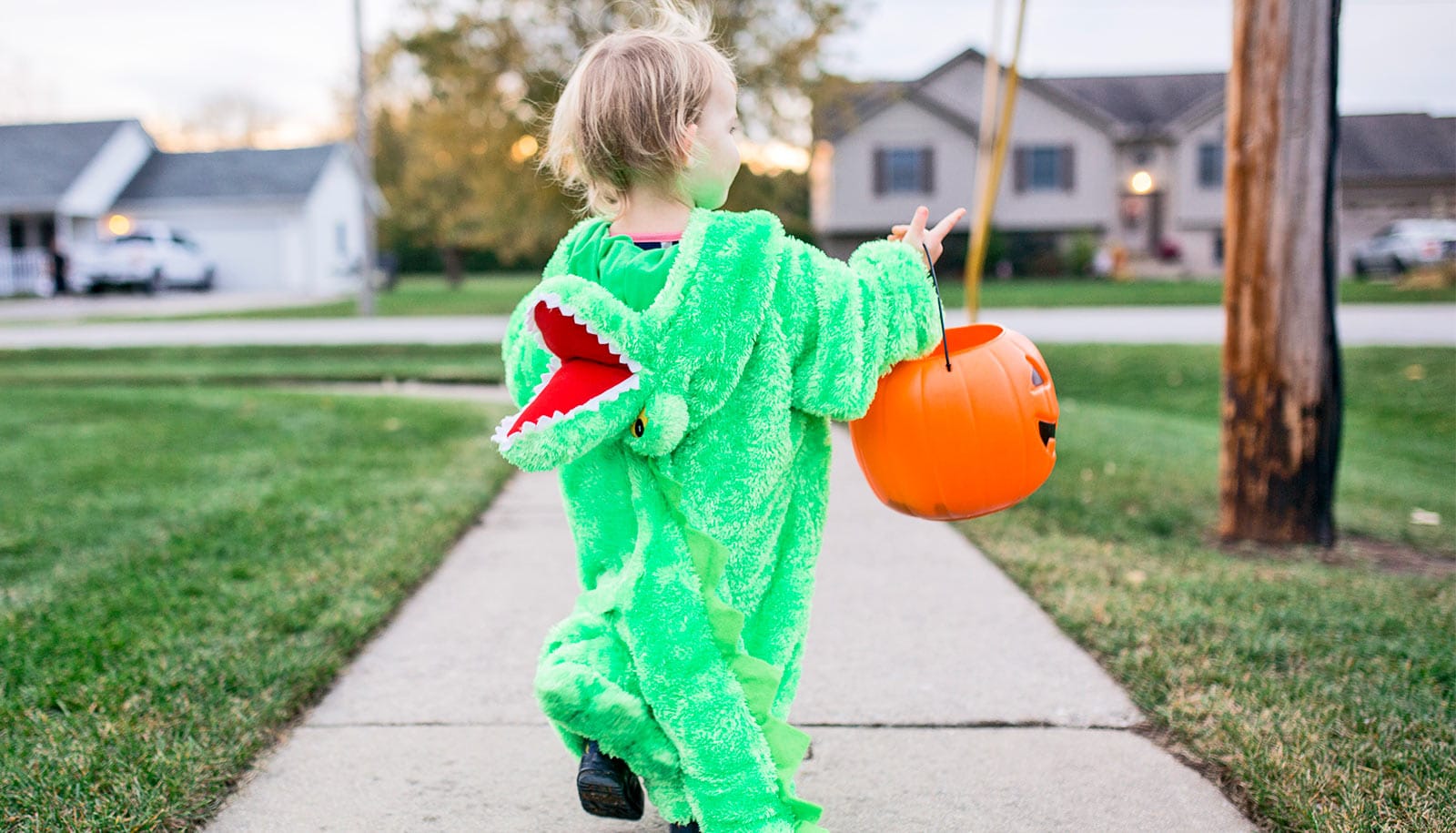Alternatives to whole liver transplants have become safer for children, opening the way to shorter waitlists as more young patients receive portions of donated organs, a new study suggests.
The study shows that patient survival trends have improved significantly both in cases where two children split a deceased donor’s liver and in cases where one child receives part of the liver of a living donor.
“…nearly half of all children that died while on the waitlist didn’t receive a single offer for an organ.”
“A recent report tells us that nearly half of all children that died while on the waitlist didn’t receive a single offer for an organ,” says Douglas B. Mogul, assistant professor of pediatrics at the Johns Hopkins University School of Medicine and lead author of the study, which appears in the Journal of Pediatrics.
“Our findings, which show that overall patient and graft survivals have improved and that outcomes for alternatives to [whole liver transplants] are comparable, will hopefully influence policy for organ allocation such as greater use of split-liver transplantation.”
One in 10 children on the liver waitlist die each year; the cost for a pediatric liver transplant is estimated to be between $150,000 and $250,000, Mogul says.
Donor livers from deceased people go to patients based on the Pediatric End-stage Liver Disease and Model for End-stage Liver Disease systems, which score potential recipients based on how urgently they need a liver transplant within three months.
Those with high PELD/MELD scores can be subject to long-term physical and mental impairments, hospitalizations, and increased costs until they are sick enough to qualify for a transplant.
Any alternative to taking whole livers from deceased donors, known as WLT, can potentially increase organ supply, shorten wait list times, and reduce pre-transplant complications and deaths, Mogul says.
The alternatives include split-liver transplantation (SLT), in which a liver is divided to transplant into two recipients, and living-donor liver transplantation (LDLT), in which a portion of a liver from a live donor is used. The donor’s liver can regenerate its own tissue.
While there has been an emerging consensus for several years that adult recipients of SLT do just as well as recipients of WLT, outcomes among children have been less clear, Mogul says.
App predicts heart risk after liver transplant
Researchers looked at data for liver-only pediatric transplant recipients from the Scientific Registry of Transplant Recipients, a data system that includes information on all donors, wait-listed candidates, and transplant recipients in the United States.
The team identified 5,175 children who received a liver transplant between March 1, 2002—after implementation of the PELD/MELD system—and Dec. 31, 2015. A majority, 60 percent, received a whole liver, but 28.5 percent received an SLT and 11.6 percent got an LDLT.
Between the periods 2002-2009 and 2010-2015, 30-day survival for SLT improved from 94 percent to 98 percent. One-year survival for SLT improved from 89 to 95 percent. One-year survival also improved for LDLT, from 93 percent in 2002-2009 to 98 percent in 2010-2015.
There was no change in survival rates for WLT at either 30 days or one year. The risk of early death with SLT was 2.14 times higher in the 2002-2009 period compared to WLT, but this elevated risk disappeared in 2010-2015.
The Agency for Healthcare Research and Quality and the National Institute of Diabetes and Digestive and Kidney Diseases funded the work.
Source: Johns Hopkins University



